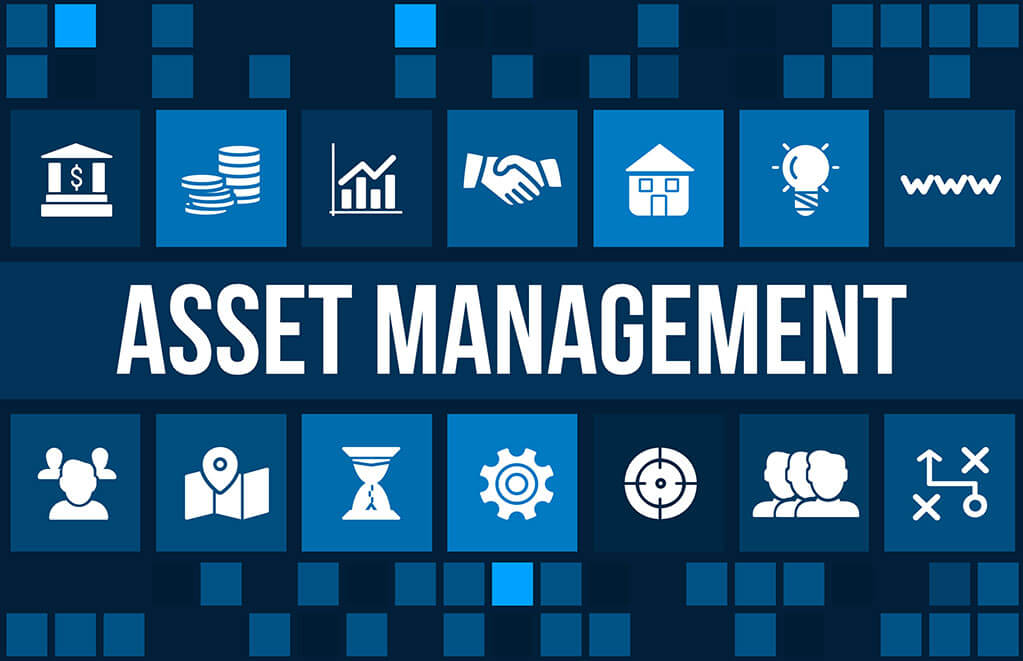Key Insights on Developing and Implementing an Asset Management System
Remember that managing infrastructure, whether it is a city, a private company, or a public service, can be compared to juggling several balls. Roads, bridges, parks, waterworks, electrical systems, and buildings are just some examples of critical assets that need constant care. Inefficiencies can arise from a lack of control, leading to loss of oversight, increased costs, and hazards. This is where an Asset Management System (AMS) comes into play.
This guide explains what an AMS is, why it’s important, and how to develop/implement one that best suits one’s needs.
What is an Asset Management System?
Asset Management System, or AMS, is a systematic framework that organizations use to manage their tangible assets. It involves putting together a whole set of assets, updating them, and planning the entire life cycle from acquisition to disposal. This system integrates various tools and procedures that ensure optimal utilization of all assets and proper maintenance of them. In other words, it is the best tool to use to keep an eye on what you own and its condition and to ensure everything runs smoothly in your business.
The Significance of Developing and Implementing an Asset Management System
Efficiency: This will ensure wise utilization of resources and no omission in operations or maintenance.
Cost effectiveness: By planning and prioritizing your maintenance program, you can extend the life of your assets and avoid costly repairs that occur after breakdowns.
Data-driven decisions: You can make sound choices by accessing relevant data that is constantly updated so that you know where investments should be made, what needs fixing, etc.
Sustainability: With such systems in place, green practices can be included in asset management, especially with resilient infrastructure that is also environmentally friendly.
Risk management: By frequently assessing the status and performance of these assets, risks can be identified early enough and mitigated proactively.

The Significance of Developing and Implementing an Asset Management System
Developing Asset Registers, Asset Management Frameworks (AMFs) and Strategic Asset Management Plans (SAMPs)
The first step in designing an asset register is developing a comprehensive asset list with supportive information such as location, condition, and monetary value. Such becomes the backbone of your AMS that provides a complete overview of what you have.
An AMF establishes the policies, procedures, and standards for managing assets. This framework is intended to be uniform and efficient across different areas.
To effectively manage your infrastructure over time, you need a long-term plan, which is called a Strategic Asset Management Plan (SAMP).
Enterprise Asset Management Reporting Tool
Feed software tools with raw data from various assets for analysis purposes. These tools can help in decision-making and reporting by improving raw data into actionable insights.
Updating Risk, Insurance, and Investment Plans
Review risk management plans regularly so they can address new risks as they emerge. Ensure that insurance coverage matches current asset values. Create investment plans that prioritize critical projects.
Updating Sustainment and Green Development Strategies
Integrate sustainability into your asset management. Update strategies to include green development initiatives aimed at minimizing environmental impact and promoting long-term resilience.
Conducting On-Site Criticality, Valuation, and Condition Assessments of Physical Infrastructure
Conduct thorough on-site assessments to determine each asset’s condition, value or criticality. This hands-on approach provides a realistic view of where attention should be focused.
Producing Engineering Reports and the State of Infrastructure Reports (SOIR) Based on the On-Site Condition Assessments
Use the information obtained from on-site condition assessments to make detailed engineering reports. The findings provide insight into the existing infrastructure’s status and recommendations for maintenance or improvements.
Conducting Workshops with Technical and Leadership Groups
To improve collaboration, reduce resistance, and create working relationships among various groups, have technical staff members join leaders from other departments, such as engineering, operations, asset management, finance, safety, environment, land, and information technology.
Conducting Stakeholder Engagement with Community Residents and Businesses
Organize open houses for community residents and engage them through public surveys and stakeholder meetings. It is important that infrastructure meets the needs of people in the area, and this will require input from residents and businesses.
Conclusion
Implementing an effective Asset Management System can transform how you manage infrastructure. By following best practices like creating detailed asset registers, developing strategic plans, and engaging with stakeholders, you can maintain your infrastructure efficiently and sustainably.
At Asset Strategy Inc., we help every step of the way. From initial development to on-site condition assessments and ongoing management, we’ve got your back.
Ready to make asset management simpler and smarter? Reach out to us today, and let’s get started!
How Asset Management Data Improves Capital Planning
Do you know how organizations excel in managing their infrastructure effectively? It’s more than just reacting to problems—it’s about proactive planning that makes a significant impact. Central to this…
Achieving Net-Zero Status with Asset Strategy Inc.
We’re all becoming more aware of how our activities affect the environment. You’ve likely heard the buzz around “carbon neutral” and “net-zero emissions.” But what do these terms actually mean, and how can…
Maximizing Value with Condition, Functionality and Capacity Assessment
What matters most in this growing and competitive business environment is that physical assets generate revenue and perform as intended, minimizing the risk of failure.


